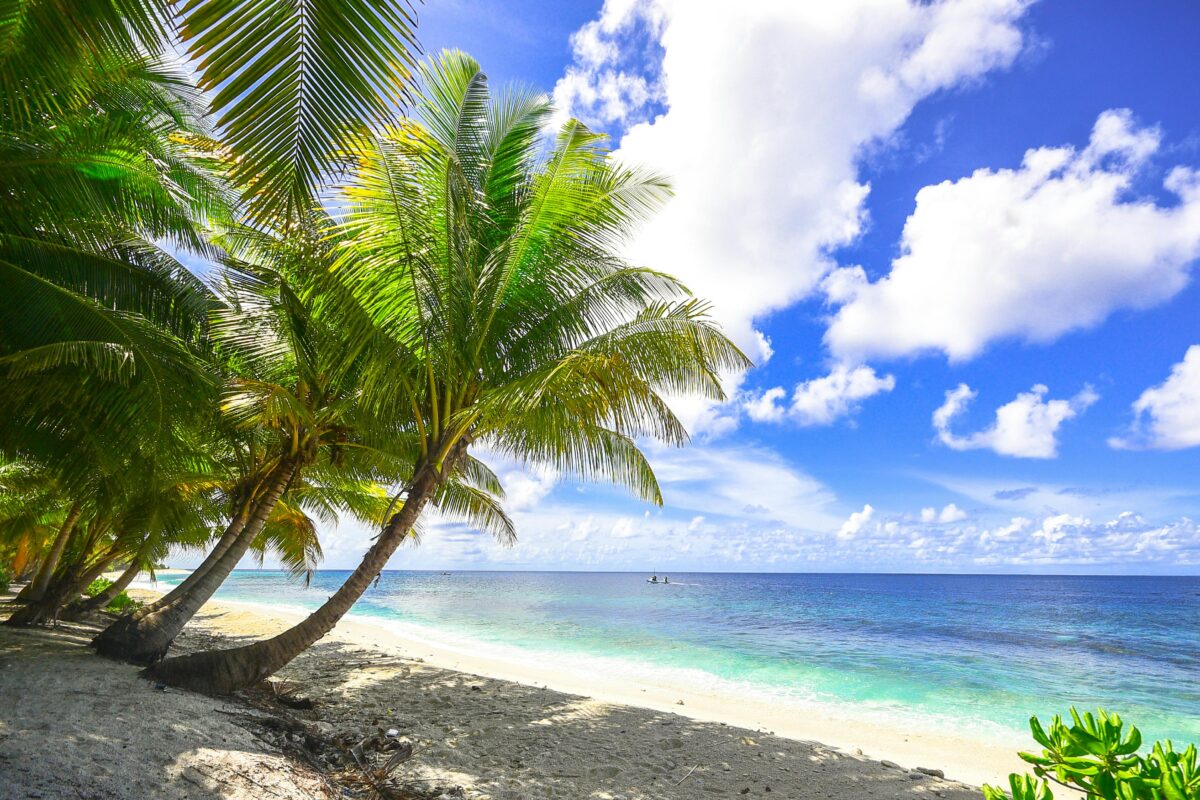Palm trees are iconic symbols of tropical beauty, warm climates, and relaxed vibes. But did you know there are over 2,600 species of palms worldwide ranging from towering giants to petite indoor varieties? Whether you’re planning to landscape your yard, decorate your patio, or bring a slice of the tropics indoors, there’s a palm tree for every space and climate.
In this beginner-friendly guide, we’ll explore the most popular types of palm trees, including their ideal environments, sizes, and unique features to help you choose the right palm for your home or garden.
What Are Palm Trees?

Palm trees are flowering plants in the Arecaceae family, known for their long, arching fronds and unbranched trunks. While we often associate them with tropical beaches, palms can thrive in a variety of environments—including deserts, rainforests, and even indoors.
There are two main types of palm tree leaf structures:
- Fan palms have leaves that spread out like a fan
- Feather palms have leaves that resemble feathers or plumes
Popular Types of Palm Trees
Here’s a breakdown of some of the most common and beginner-friendly palm species, divided into outdoor and indoor categories.

Outdoor Palm Trees (Great for Landscapes)
1. Queen Palm (Syagrus romanzoffiana)
Height: 30–50 feet
Leaf Type: Feather-like fronds
Climate: USDA Zones 9–11 (warm, frost-free areas)
Features: Elegant and fast-growing with a smooth, gray trunk and bright green fronds
2. Date Palm (Phoenix dactylifera)
Height: 50–75 feet
Leaf Type: Feathered
Climate: Hot and dry (Zones 9–11)
Features: Grown for edible dates; requires lots of sun and space
3. Canary Island Date Palm (Phoenix canariensis)
Height: 40–60 feet
Leaf Type: Feathered
Climate: Subtropical; drought-tolerant
Features: Bold, majestic look with thick trunk and bright orange fruit
4. Windmill Palm (Trachycarpus fortunei)
Height: 10–40 feet
Leaf Type: Fan-shaped
Climate: Cold-hardy (Zones 7–11)
Features: Ideal for cooler climates; slow-growing with shaggy trunk
5. Bismarck Palm (Bismarckia nobilis)
Height: 30–60 feet
Leaf Type: Large, silvery-blue fan leaves
Climate: Zones 9–11
Features: Stunning architectural statement with dramatic fronds
6. Pindo Palm (Butia capitata)
Height: 15–25 feet
Leaf Type: Curving, feathered leaves
Climate: Tolerates cold (Zones 8–11)
Features: Also called Jelly Palm; produces small edible fruit
Indoor & Patio-Friendly Palm Trees
7. Areca Palm (Dypsis lutescens)
Height: Up to 8 feet indoors
Leaf Type: Feathered
Light: Bright, indirect light
Features: Bushy, tropical appearance; air-purifying and non-toxic to pets
8. Parlor Palm (Chamaedorea elegans)
Height: 2–6 feet indoors
Leaf Type: Feathered
Light: Low to medium light
Features: Easy-care classic houseplant with soft, elegant fronds
9. Kentia Palm (Howea forsteriana)
Height: 6–10 feet indoors
Leaf Type: Graceful, arching fronds
Light: Indirect light
Features: Durable, stylish, and slow-growing—perfect for large pots
10. Ponytail Palm (Beaucarnea recurvata)
Height: 2–4 feet indoors (can grow taller outdoors)
Leaf Type: Long, curly grass-like leaves
Light: Bright light
Features: Technically not a true palm, but looks like one; drought-tolerant and fun to look at
11. Sago Palm (Cycas revoluta)
Height: 1–5 feet
Leaf Type: Stiff, feathered leaves
Light: Bright, indirect light
Features: Palm-like but actually a cycad; toxic to pets and people if ingested
Things to Consider When Choosing a Palm Tree

Climate: Outdoor palms vary widely in cold tolerance—check your USDA hardiness zone
Space: Some palms grow huge, while others are better suited for small gardens or containers
Sunlight: Some need full sun, others thrive in shade or indoors
Toxicity: If you have pets or kids, avoid toxic species like the Sago Palm
Final Thoughts
Palm trees come in all shapes and sizes towering giants for dramatic landscapes or compact, leafy friends for indoor corners. Whether you’re looking to recreate a tropical vibe on your patio or brighten a sunroom with a graceful indoor palm, there’s a perfect species for you.
With just a little care and the right match for your space, your palm will thrive and bring a breezy, relaxed charm to your home.
